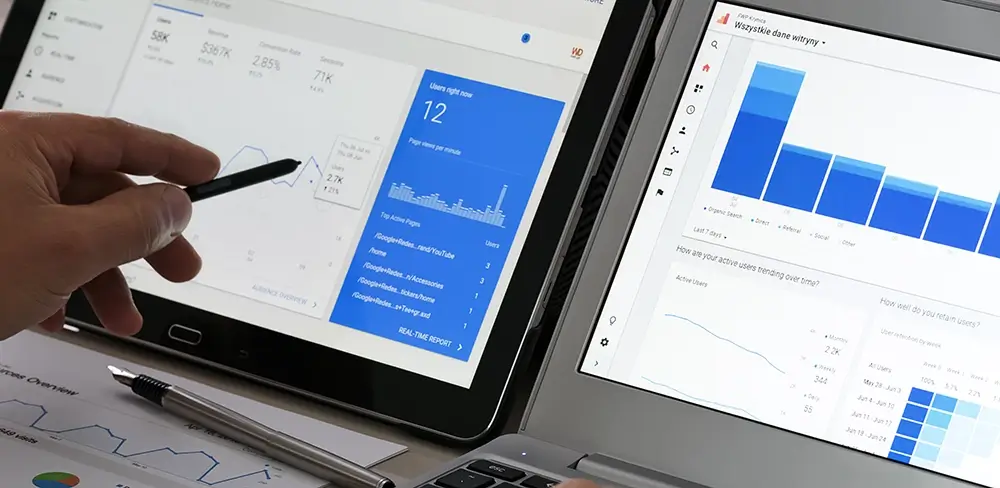In the fast-paced business world, making informed decisions is crucial for success. Mid-sized businesses often have unique challenges and opportunities, and that’s where the power of data-driven decision-making comes into play. By using the information analytics offer, your business can improve marketing strategies, improve customer experiences, and achieve steady growth.
1. Setting the Foundation: Data Collection and Analysis
The journey towards data-driven decision-making begins with robust data collection and analysis. Implement tools like Google Analytics, social media insights, and CRM systems to gather relevant data points. By understanding customer behaviors, preferences, and pain points, you can identify patterns that offer valuable insights into your audience.
2. Defining Key Performance Indicators (KPIs)
You must establish clear Key Performance Indicators (KPIs) to gauge how well your marketing works. These could range from website traffic and conversion rates to customer retention and lifetime value. Tailor your KPIs to align with your business objectives, ensuring that every data point you collect contributes to informed decision-making.
3. Uncovering Insights for Strategy Refinement
Analytics provides a window into what’s working and what’s not. Dive into your data to uncover trends, anomalies, and correlations. For instance, if a blog post consistently drives high traffic, consider creating similar content. If specific social media platforms have a higher engagement rate, allocate more resources to those channels.
4. Personalization and Customer Experience Enhancement
Mid-sized businesses thrive on building strong customer relationships. Analytics empowers you to understand your customers on a deeper level, enabling you to tailor your marketing messages and offerings. By segmenting your audience based on demographics, behaviors, and preferences, you can deliver personalized experiences that resonate and drive conversions.

5. A/B Testing and Optimization
Data-driven decision-making involves a continuous cycle of testing, learning, and optimizing. Implement A/B tests to compare different marketing strategies, whether email subject lines, website layouts, or ad creatives. You can fine-tune your marketing efforts for maximum impact through repetitive improvements based on data-backed insights.
6. Anticipating Trends and Adapting Quickly
Analytics doesn’t just provide insights into the past; it also offers a glimpse into the future. By tracking industry trends and monitoring shifts in customer behavior, your business can proactively adapt its marketing strategies. Being agile helps you stay ahead and grab new chances as they arise.
In a world where resources may be limited, data-driven decisions offer a path to efficiency, effectiveness, and growth. By leveraging analytics, you transform raw data into a strategic asset that guides your marketing efforts. From enhancing customer experiences to optimizing campaigns, the insights gained from analytics empower your business to navigate the complex landscape of modern marketing with confidence. Embrace the power of data and unlock the potential for your business to thrive in the digital age.
Ready to take your marketing to the next level? Contact us to get started on your analytics journey; we’re ready to help.



